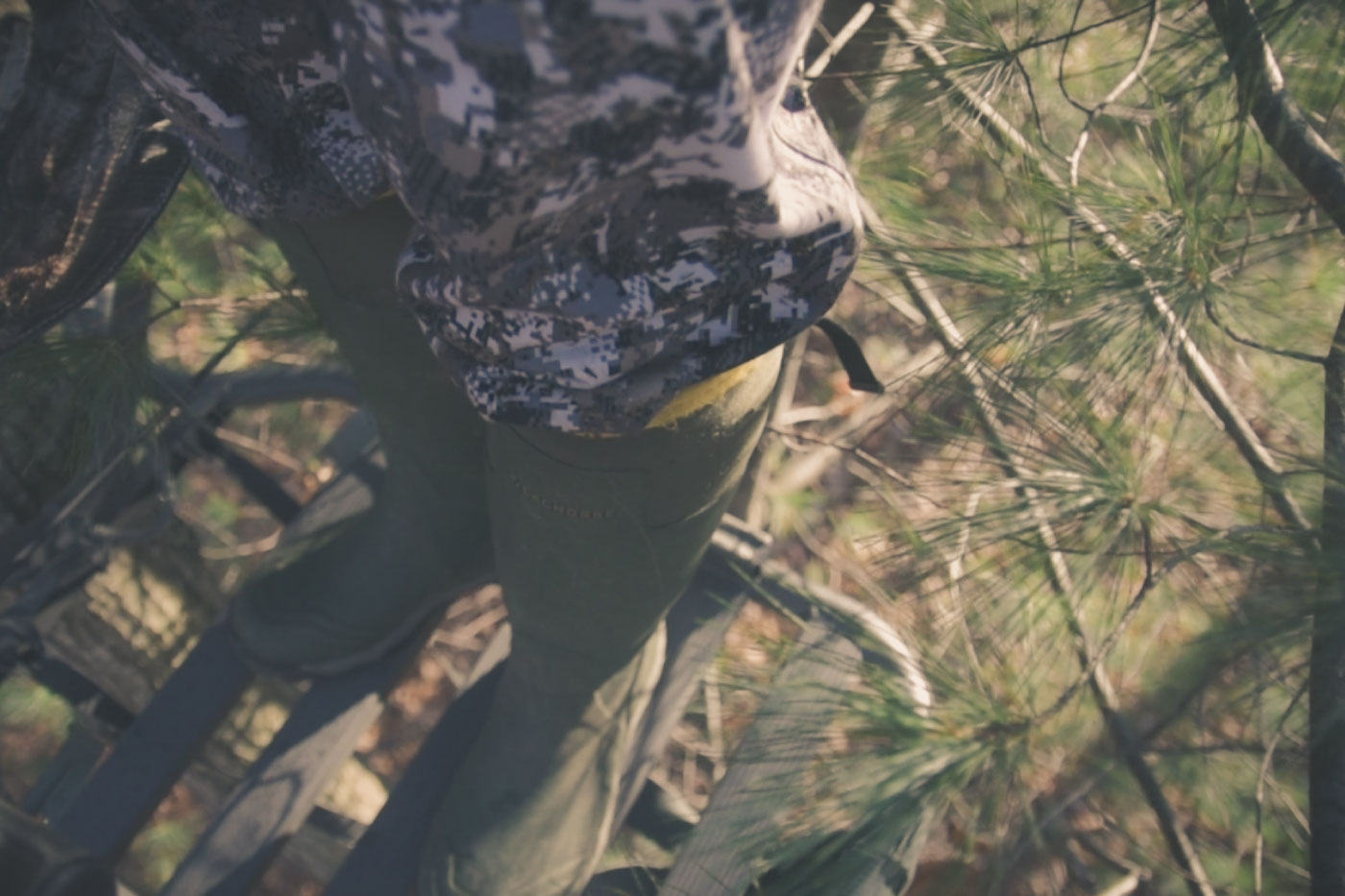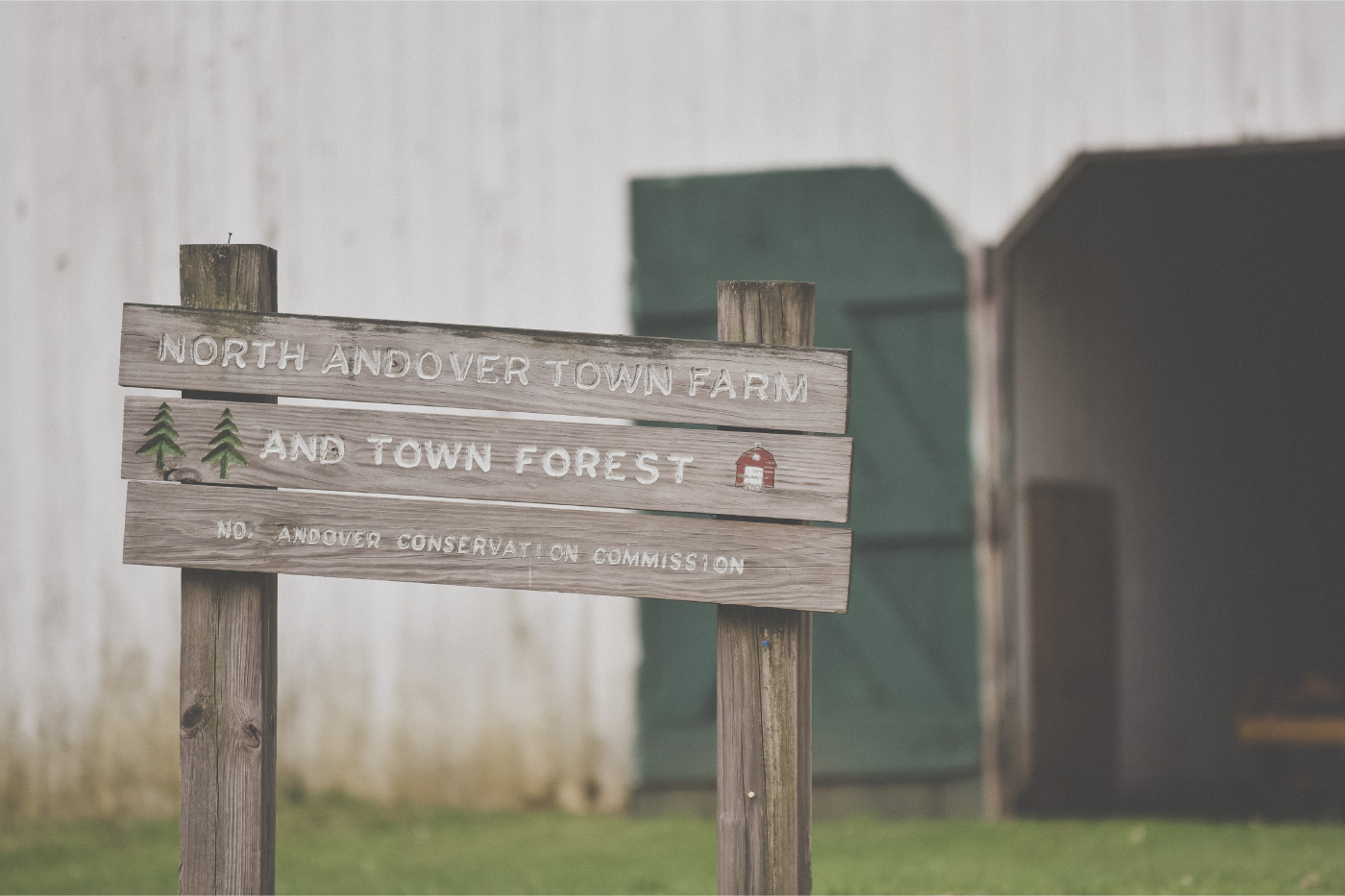Home » News » Climbing Stands—The Special Ops of Suburban Deer Hunting
Climbing Stands—The Special Ops of Suburban Deer Hunting

A.J. DeRosa founded Project Upland in 2014 as an excuse…
Why are climbing stands an advantage in suburban deer hunting?
Tree stands are serious business for all of us in the deer woods, be they in rural or urban settings. They come at a cost, however, and in more ways than one. That is where climbing stands outperform fixed tree stands.
You want to be discrete as a suburban deer hunter.
Fixed stands are great. In areas with high human populations, however, they come with more problems than they are worth. Fixed stands on public land give away our location to other hunters. In the worst cases, they make us a target to non-hunters. Yes, we all want that super silent entry to our favorite fixed stand. We do not want it at the cost of corrupting the personal mecca of a hunting spot. Do I need to mention how many of us have been plagued by stolen equipment over the years?
You need to pick a tree.
Even though we have forsaken fixed tree stands, it does not mean we should stop worrying about picking a good tree. The last thing we want to be doing in low light and limited time is finding the right tree in an area we have already scouted. We should still aspire to be in tree clusters or other setups that provide natural cover.
Let your weapon rope govern your height.
We should make all the ropes we use to pull up our weapons a standard length. This allows us to know how high we are in the tree. I make mine twenty feet long. As soon as I run out of rope, I know I am at the right height with my climbing stands. This is something we normally don’t have to worry about with a fixed stand.
Mobility may be that last thing you need for success.
Fixed stands have one major disadvantage: mobility. Making that last tree stand adjustment for fifty to one hundred yards in order to hit our dream buck is a big risk, especially if you are having to pull a fixed setup. They tend to be far more invasive than any climbing stand.
Fixed stands also set a tone of adventure as urban deer hunters in new areas. Maybe we do want to go blind into a new area and have the first setup that jumps out at us be where we hang up that evening. It allows for those bolder moves as the season progresses.
Treat it like a fixed stand when it helps.
More than once, we have all found ourselves leaving the climbing stand at the base of a tree for a more silent entry the next day. This comes in handy when hunting in the dark of the morning. It’s enough to make even veteran urban deer hunters sound clumsy as they attach a climbing stand to a tree. If we intend to spend a few days in an area and we feel confident that our gear will not be disturbed, it can save us on noise and effort.
It’s also a money saver.
Although climbing stands tend to be a bit more expensive than fixed stands, they eliminate the need for multiple stands. Chain it down in the bed of your truck or leave it in your trunk. You will always have a tree stand no matter where you as an urban deer hunter.
A.J. DeRosa founded Project Upland in 2014 as an excuse to go hunting more often (and it worked). A New England native, he grew up hunting and has spent over 30 years in pursuit of big and small game species across three continents. He started collecting guns on his 18th birthday and eventually found his passion for side-by-side shotguns, inspiring him to travel the world to meet the people and places from which they come. Looking to turn his passion into inspiration for others, AJ was first published in 2004 and went on to write his first book The Urban Deer Complex in 2014. He soon discovered a love for filmmaking, particularly the challenge of capturing ruffed grouse with a camera, which led to the award-winning Project Upland film series. AJ's love for all things wild has caused him to advocate on the federal and state levels to promote and expand conservation policy, habitat funding, and upland game bird awareness. He currently serves as the Strafford County New Hampshire Fish & Game Commissioner in order to give back to his community and to further the mission of the agency. When those hunting excuses are in play, you can find him wandering behind his Wirehaired Pointing Griffon in the mountains of New England and anywhere else the birds take them.



